Digital technologies have the potential to have a significant impact on the world’s most pressing issues, ranging from poverty and hunger to inequality and environmental damage. Mobile technology, for example, has altered how we deliver health care, financial services, and education to remote and marginalized communities. Digital solutions are transforming the way farmers work in agriculture, providing them with the knowledge they need (weather forecast, disaster preparedness, etc.) to make better decisions and linking them with markets where they can sell their produce.
Despite the great potential of digital technologies, the international development industry has been unsteady in embracing them as a core competency. Many development organizations still regard digital technology as one of many tools they utilize to achieve their objectives, rather than seeing it being critical to their work. They prioritize doing business as usual above embracing change or challenging the status quo. This mindset is impeding the sector’s ability to develop and embrace transformative solutions and fully use the potential of digital technology to promote growth.
Recognizing the value of digital technologies in development work and taking the required measures to integrate them into all elements of an organization is what it means to embrace the concept. This involves everything from program design and implementation to data collection and monitoring & evaluation, as well as how organizations communicate and exchange information.
This entails interacting with communities to understand their needs, creating trust, and ensuring that the technology utilized is culturally and socially appropriate. It entails incorporating local communities in the design and implementation of digital solutions, as well as providing them with the necessary training and support to utilize and maintain these technologies.
Developers and businesses must learn, promote, network, and collaborate in order to encourage the dissemination of this beyond conventional frames of reference and to help preserve the international discourse of design and its role in socio-cultural development. Here are ten digital socially responsible design recommendations:
- Create experience centered on the requirements of people living in various environments;
- Connect with international organizations and enterprises to demonstrate the importance of design;
- Participate in multidisciplinary initiatives in which designers play a crucial role in the development of entrepreneurship and innovation;
- Work on creative publications, events, exhibitions, and competitions in partnership with design bodies from different parts of the world, presenting international design works and cultural development efforts;
- Promote the power of digital design in a cultural setting by arranging workshops and seminars, as well as encouraging cross-cultural design initiatives;
- Examine the quality of design education around the world and contribute to the development of design curriculum for the developing countries;
- Learn from professional organizations that may provide expertise, knowledge, direction, and relationships, as well as assure a worldwide perspective and design representation;
- Enable open sources of information on design techniques in collaboration with public/private partners all over the world;
- Create new platforms for individuals and professional groups to exchange best practices and chances for designers to collaborate on a global scale;
- Knock and explore opportunities and partnerships that have never been opened.
It is not the responsibility of development agencies to assess whether or not people are ready for technology. The goal is also to provide all people with options so that they may make their own decisions and choose how to proceed. To make this work, we must use a strengths-based strategy that prioritizes individuals’ and communities’ capacity, skills, knowledge, connections, and potential. Development organizations can help to build local capability, stimulate local inventiveness, and generate truly sustainable solutions by using this approach. This benefits not just local communities, but it also improves the impact of development initiatives and adds to the long-term success of the digital revolution in developing countries.
To fully realize the potential of these technologies to create progress, the development sector must embrace digital technologies as a core competency. This necessitates a mentality shift, investments in skills and competencies, and an emphasis on integration at all levels of the organization. The international development sector, with the correct strategy, may use digital technologies to generate revolutionary ways and have a long-term impact on the world’s most pressing challenges.
ASSIST Asia is here to work around approaches that focus on understanding the target audience for identifying solutions. Contact us now!
References:
The importance of digital transformation in the development sector. Catalpa International. (n.d.). https://catalpa.io/blog/digital-transformation-development-sector/
Sasaki, S. (n.d.). The Role of Graphic Design in International Development. The Role of graphic design in international development | International Council of Design. https://www.theicod.org/resources/news-archive/the-role-of-graphic-design-in-international-development


















